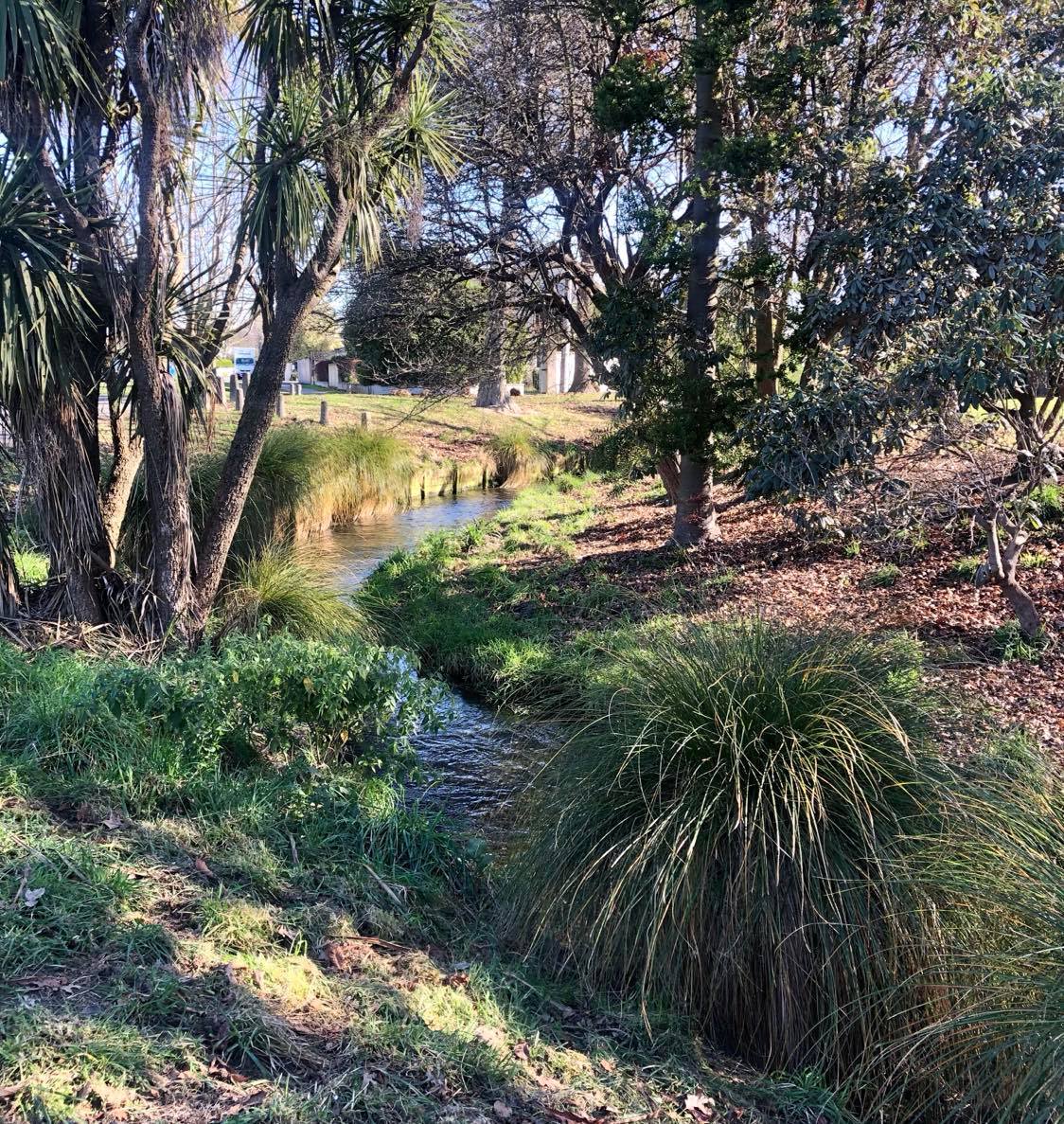Kia ora koutou,
Right now that we have spent some time discussing the theory of IEM, let’s look at the application of this to a real-world issue. This post will encompass a brief summary of the issue, identification of the environmental management problem, weakness in the management approach and a possible IEM approach to management.
It is common for sugar cane farmers in Queensland, Australia to burn sugarcane crops before harvest. But as concerns about environmental pollution and public health grow, the days of cane field burning may be numbered. The practice has come under fire in other parts of the world for its effect on the environment (Al Khawaldeh, 2022).
Burning of excess crops before harvest produces a hot, fast-burning fire with large ash particles, whereas burning afterwards produces a hot, slow-burning fire with smaller particles that can cause visibility issues and aggravate respiratory conditions (NSW EPA, 2022). Those with underlying health issues such as asthma or lung disease can suffer to a greater extent. The practice also increases soil erosion and reduces cane quality by reducing sucrose content (WWF, 2005).
However, there is a social and economic highlight to the burning. The activity has a three-day festival celebrating the first fire of the season. Thousands of turn out to watch what has become one of the biggest tourist attractions in Townsville (Kelly, 2016).
Despite health and environmental concerns, the practice is lawful. It is regulated by the Protection of the Environment Operations (Clean Air) Regulation 2021 (Clean Air Regulation). The Clean Air Regulation establishes a general obligation for those undertaking cane burning to take all practicable measures to minimise or prevent air pollution (NSW EPA, 2022). Local councils are responsible for environmental follow-up regarding cane burn smoke and ash fallout. Lobby groups such as the Cane Grower Association (CGA) advocate for its growers, collating all the relevant cane firing guidelines to assist growers with the permits, approvals and notifications required before the cane is burned. As the CGA works with their growers to ensure their sugarcane businesses are productive and profitable, they advocate on behalf, for government policy that facilitates this.
Therefore the CGA currently opposes the current Queensland Government regulatory approach to achieving environmental stewardship. They believe their voluntary programme “Smartcane BMP” is the best pathway to meeting the expectations of the community and consumers. The growers are under pressure as they grow cane next to the World Heritage-listed Great Barrier Reef, within some of the most variable climatic conditions in the world (Canegrowers, n.d.). Due to the delicacy of this environment, the Queensland Government has introduced regulations that the CGA believe should be repealed as it “reduces a grower’s capacity and motivation to adapt and innovate” and could cost the industry $1.3 billion over the next ten years (Canegrowers, n.d.). The CGA advocated for a review of the proposed regulation, to which the Government agreed. At the very least the CGA is calling for targets for the industry that match best practice and do not require growers’ businesses to become economically unviable (Canegrowers, n.d.).
The current situation is fraught. There are social, economic and environmental implications (and benefits) to this practice. Regulation coming down the pipeline from the Government gets strong pushback from lobby groups and crop growers. Those creating policies have to consider the effects on the community and the environment. (The sources I reviewed didn’t mention any cultural effects on local indigenous individuals or communities – an important oversight?).
It appears as though there is a disconnect between those making decisions, those implementing it, those regulating it and those at the face of it. An opportunity exists for a more integrated approach.
References
Al Khawaldeh, K. (2022, September 23). Between burns and biofuel: Burdekin cane growers seek environmental sweet spot. The Guardian. https://www.theguardian.com/australia-news/2022/sep/24/between-burns-and-biofuel-burdekin-canegrowers-seek-environmental-sweet-spot
Canegrowers. (n.d.). Environment. Canegrowers. https://www.canegrowers.com.au/page/advocacy/key-issues/environment
Kelly, B. (2016). Burdekin cane fires to become largest tourist attraction in region. Townsville Bulletin. https://www.townsvillebulletin.com.au/news/townsville/regional/burdekin-cane-fires-to-become-largest-tourist-attraction-in-region/news-story/b46eb29e1b7a63beada11d229e29e9f3
New South Wales Environmental Protection Authority (NSW EPA) 2002, September 13. Sugar Cane Burning. NSW EPA. https://www.epa.nsw.gov.au/your-environment/air/open-burning-reducing-pollution/sugar-cane-burning
WWF, 2005. WWF Action for Sustainable Sugar: making it sweeter for nature. https://wwfeu.awsassets.panda.org/downloads/sustainablesugar.pdf
